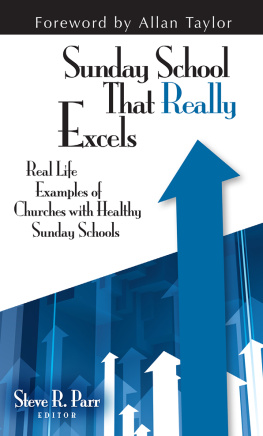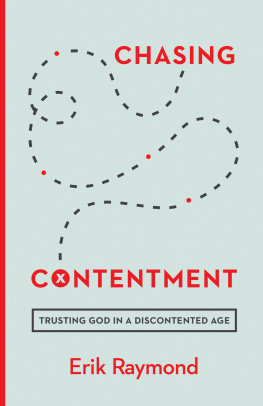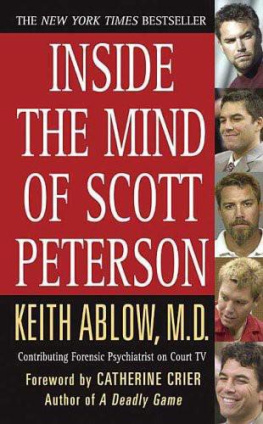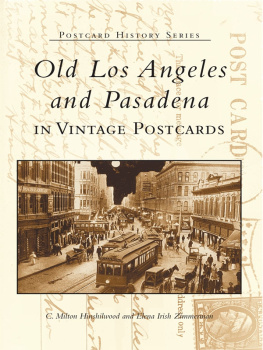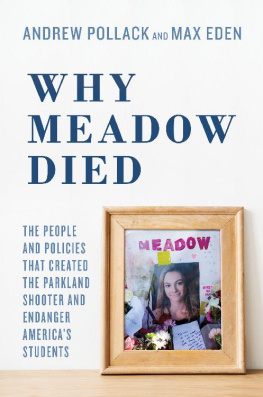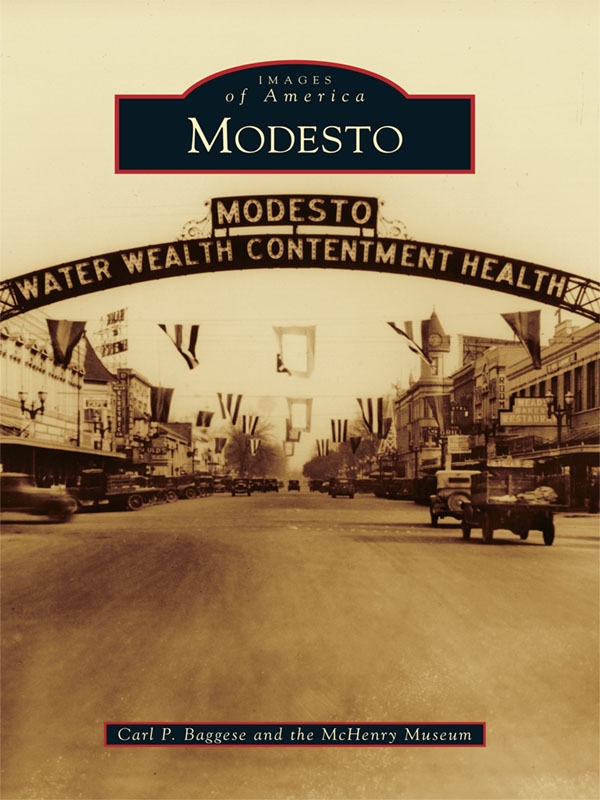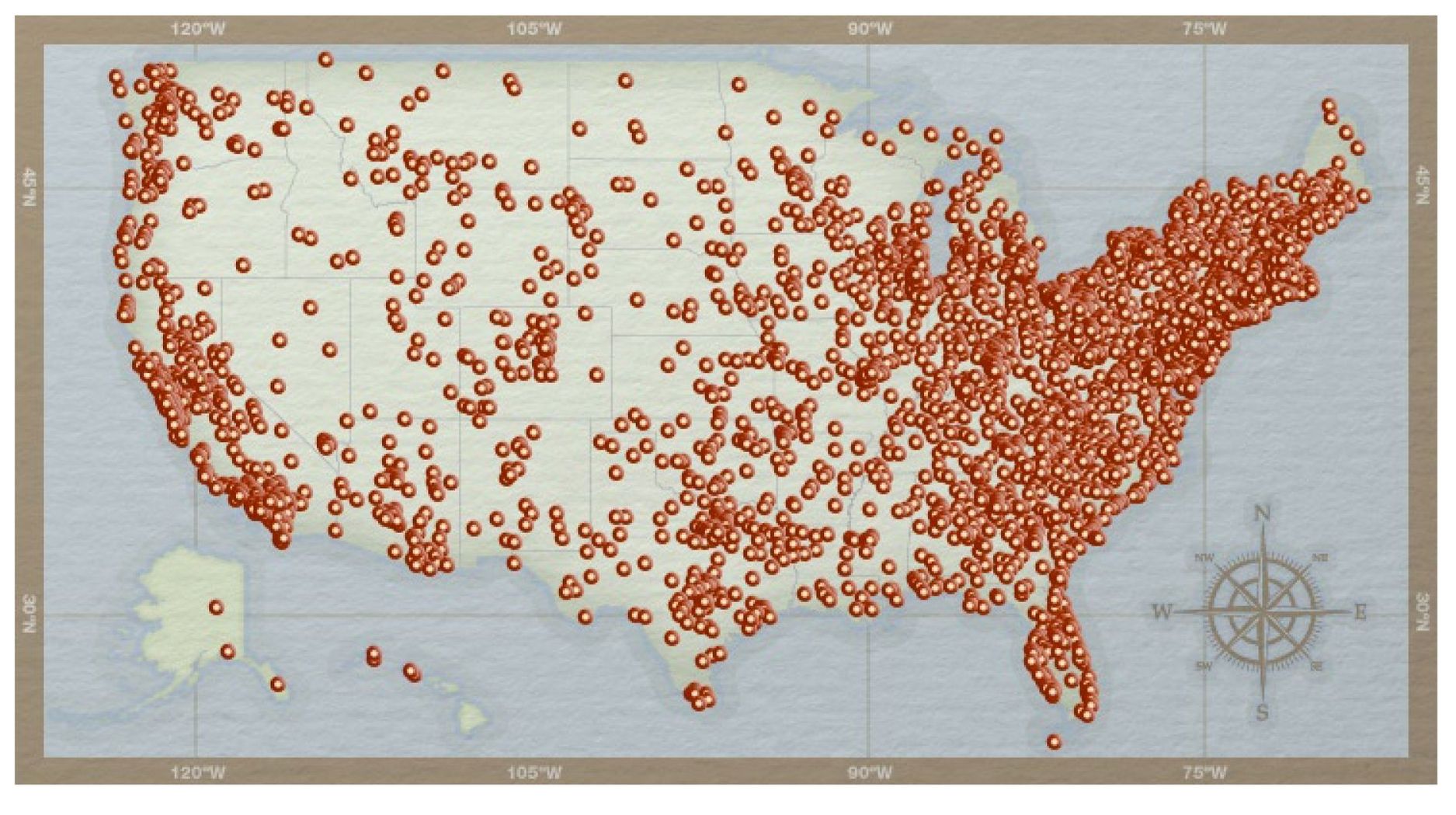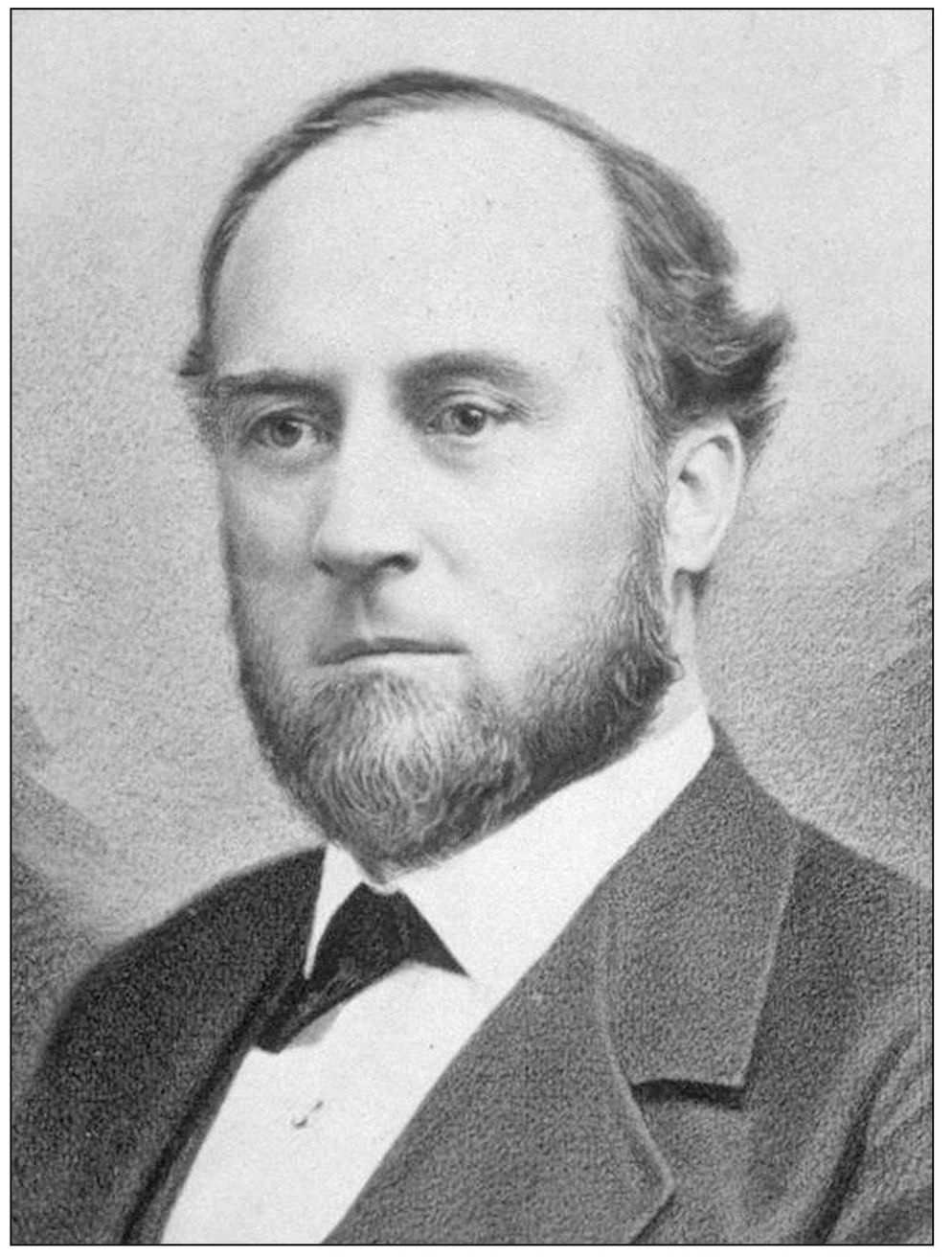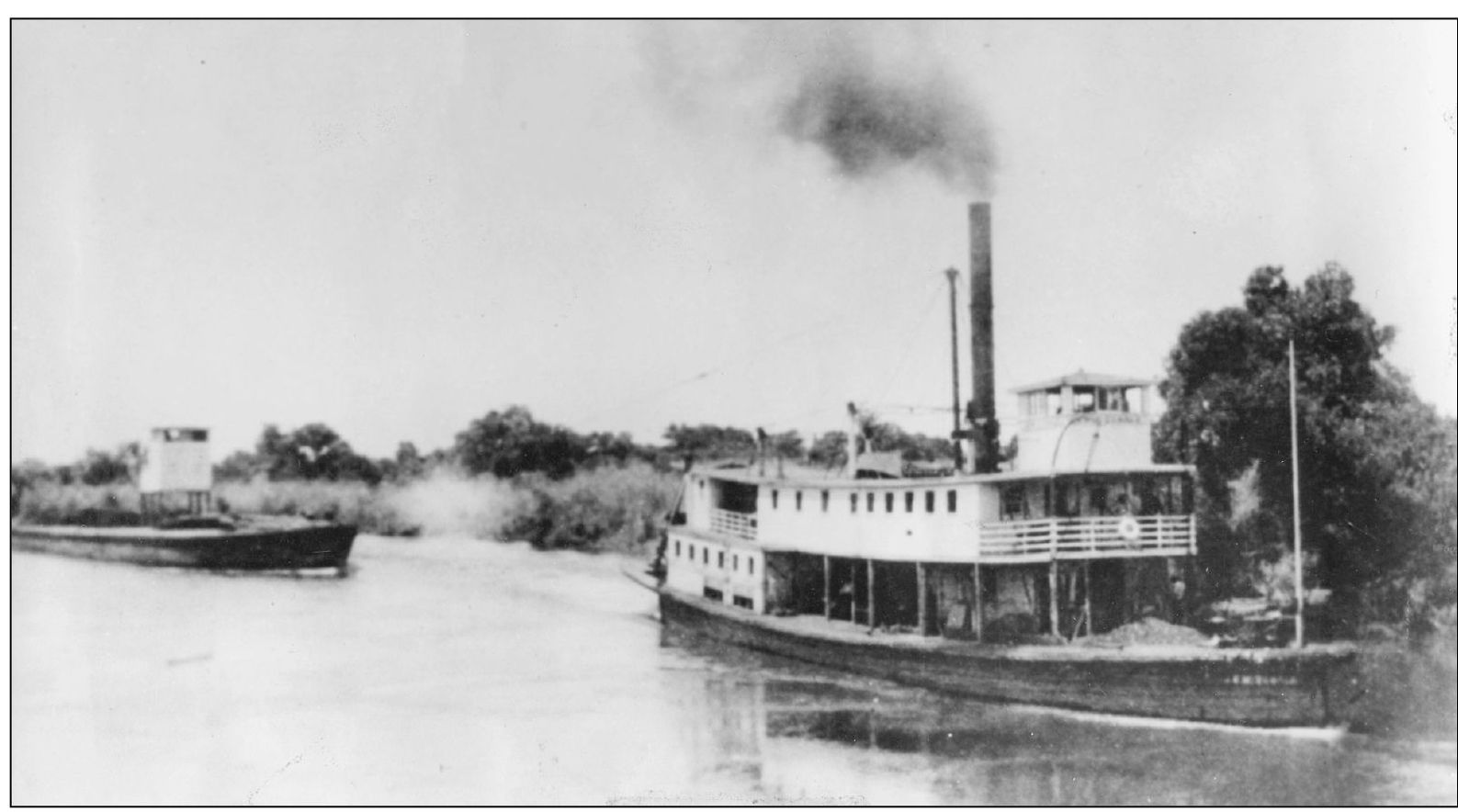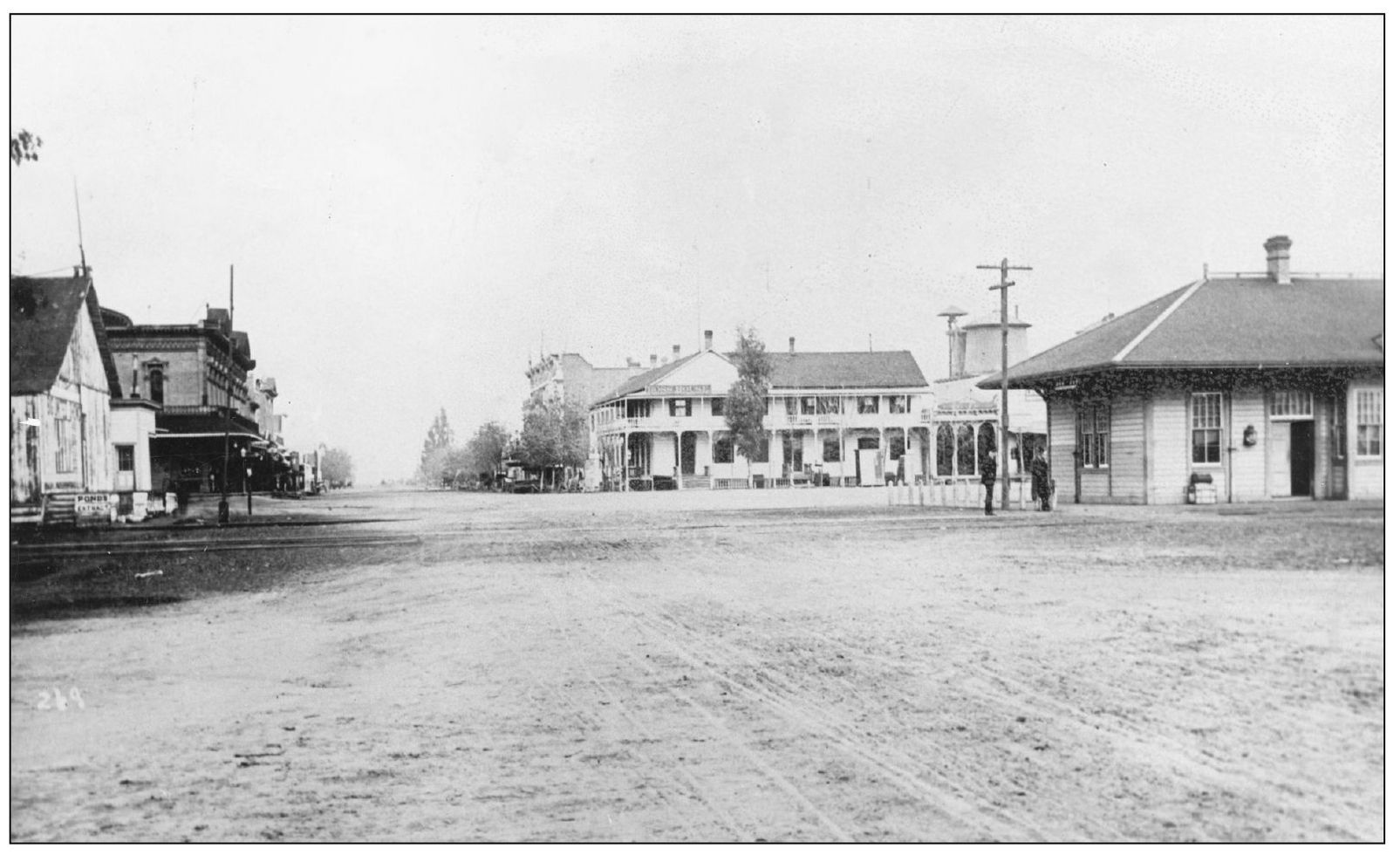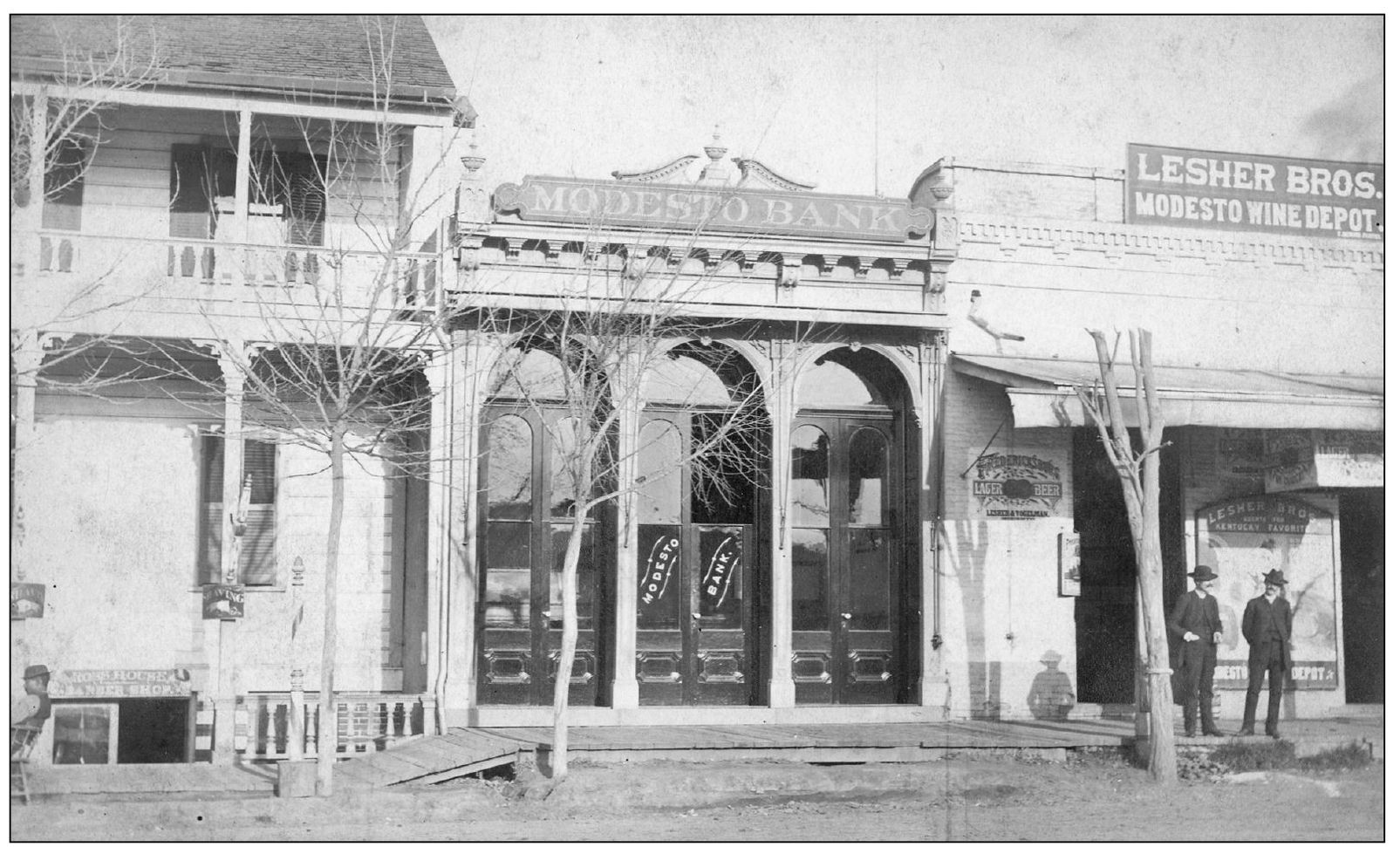ACKNOWLEDGMENTS
The photographs in this book come from various sources, including the McHenry Museum Collection; J. Broome, Camera Center Collection; and Raeann Bittleston, Clem Baker Collection.
In addition, the unique Faces of Stanislaus Collection, made available by coordinator Dan Onorato, was sponsored by Community College Humanities Association, National Endowment of the Humanities, Modesto Junior College, the Modesto Bee , the Stanislaus County Office of Education, the International Festival, and the Stanislaus County Board of Supervisors. Contributors to the Faces of Stanislaus collection whose photographs are used in this book include Jerry Starr, Irene Angelo, Mary Caswell Bucknam, Jacqueline Foret, Beverly Hammon, Francis Landini, David Orth, Robert Smith, Joyce Scaglione Turner, Nancy Lee, Samuel E. Courtney, Mike DeFerrari, Robert Courtney, Loren Case, Karen Skelly, Gary Ard, and Helen McBride. Their photographs brought a human face to Modestos history.
Individuals who helped with the creation of this book and to whom I owe a debt of gratitude include Wayne Mathes, director of the McHenry Mansion and McHenry Museum; museum exhibit coordinator, Laura Mesa, and museum volunteer, Janet Lancaster, whose combined knowledge of the extensive photograph collection in the museum basement was instrumental in completing this book; Janie Meily, longtime friend, old school chum, McHenry Mansion docent, and Modesto native, for her continued encouragement and assistance; Kari Volonte, who assisted in procuring the Camera Center Collection; Anthony Housewright, who used his inestimable talents to restore some of the very old photographs; John Broome, a photograph collector with an eye for Modesto history; Derek Waring and Bob Pinheiro, who have encouraged continued interest in early radio with www.ModestoRadioMuseum.org ; Bruce Stearns for adding a new source of information to my book collection; Jeff and Sherry Vail, who provided a help with the hospital and churches section; Norman Ham, who shared his collection of historical publications; and Jim and Leslie Beggs, who helped with photograph research. Special thanks to the Arcadia Publishing staff, including John Poultney, Devon Weston, Lynn Beahm, Julie Rivers, and Ryan Easterling.
Of course, I owe very special thanks to my wife, Judi, who spent hours listening to historic anecdotes, assisted in choosing photographs, and helped me organize the final book (without her none of this would have been possible).
Most images in this book appear courtesy of the McHenry Museum. Images from other collections are indicated in photograph captions. Excerpts from writings of Colleen Stanley Bare are used by permission of the museum.
BIBLIOGRAPHY
Bare, Colleen Stanley. Modesto Then and Now . Modesto, CA: McHenry Museum Press, 1999.
. The McHenry Mansion, Modestos Heritage . Modesto, CA: McHenry Mansion Foundation Press, 1985.
Elias, Sol P. Stories of Stanislaus . Modesto, CA: self-published, 1924.
Gallo, Ernest and Julio, with Bruce B. Henderson. Ernest and Julio: Our Story . New York, NY: Times Books, 1994.
Gauvreau, Robert. Modesto: Images of Yesterday, Images of Today, A Rephotographic Survey . Modesto, CA: McHenry Museum Society Press, 1984.
Gooch, Kathleen M. Stanislaus County: An Illustrated History . Northridge, CA: Windsor Publications, 1988.
Legacy of Healing: A 60-Year History of Gould . Modesto, CA: Sutter-Gould Medical Foundation, 2009.
Osborn, Billy J. Modesto: An Informal History . Lincoln, NE: iUniverse, 2003.
Nash, John D. and Mary M. In A Goodly Land, Latter Day Saints of the Stanislaus . Fresno, CA: Linrose Publishing Company, 1997.
Pollack, Dale. Skywalking: The Life and Films of George Lucas . New York, NY: Harmony Books, 1983.
Ray, Herndon Carroll. Stanislaus County 18541954: A Century of Growth . Modesto, CA: Stanislaus County Superintendent of Schools, 1955.
Stanislaus County Blue Book . Modesto, CA: self-published, 1935.
Tatum, Robert Daras, and Loley Myers. Old Times in Stanislaus County . Pittsburg, CA: Highland Publishers, 1994 and 1996.
Find more books like this at www.imagesofamerica.com
Search for your hometown history, your old
stomping grounds, and even your favorite sports team.
One
THE RAILROAD ARRIVES IN PARADISE VALLEY
WILLIAM CHAPMAN RALSTON, C . 1870. It all seemed so simple. The new village laid out by the Central Pacific Railroad would be named for San Francisco banker W. C. Ralston, but he declined. So a convention of citizens was called to name the village. Ralston was present and again modestly refused. A suggestion was made that the Spanish word for modest be used, so the name Modesto was adopted with great acclaim. (Authors collection.)
HARVESTING WHEAT, LATE 1800s. Wheat was the prime staple crop of the county, according to early historian Sol P. Elias. In the photograph above, it is at least a 20-mule and -horse team pulling the thresher to harvest the wheat. When the new village came into being, wheat was being shipped by boat, a practice that soon became obsolete because of the railroad.
WHEAT BOAT, MID-1800S. Along the Tuolumne River, boats plied the water, picking up sacks of grain harvested and milled in Paradise Valley. Tuolumne City and Paradise City had prime locations along the river. The flour mill at Paradise City could turn out 200 barrels a day. In 1870, when the railroad established the village of Modesto, citizens of the two ports moved buildings and belongings to the new town.
I STREET AT THE FRONT, C. 1885. I Street was designed by the railroad to be Modestos broadest avenue; it was 100 feet wide. This view shows the Ross House in the center background, moved in two sections from Paradise City. The railroad depot is at right, and the Art Gallery building is in the left background. The city water towers can be seen rising above the Modesto Bank to the right of the hotel.
MODESTO BANK, C. 1885. This was the towns first bank. This closer photograph by local photographer William Brown shows the detail of the banks windows and arches. Ross House is on the left with the basement door to the barbershop open. As Modestos finest hotel, it featured many period refinements. Interestingly, at right is Lesher Brothers Modesto Wine Depot, where Fredericksons Lager Beer was also sold.



